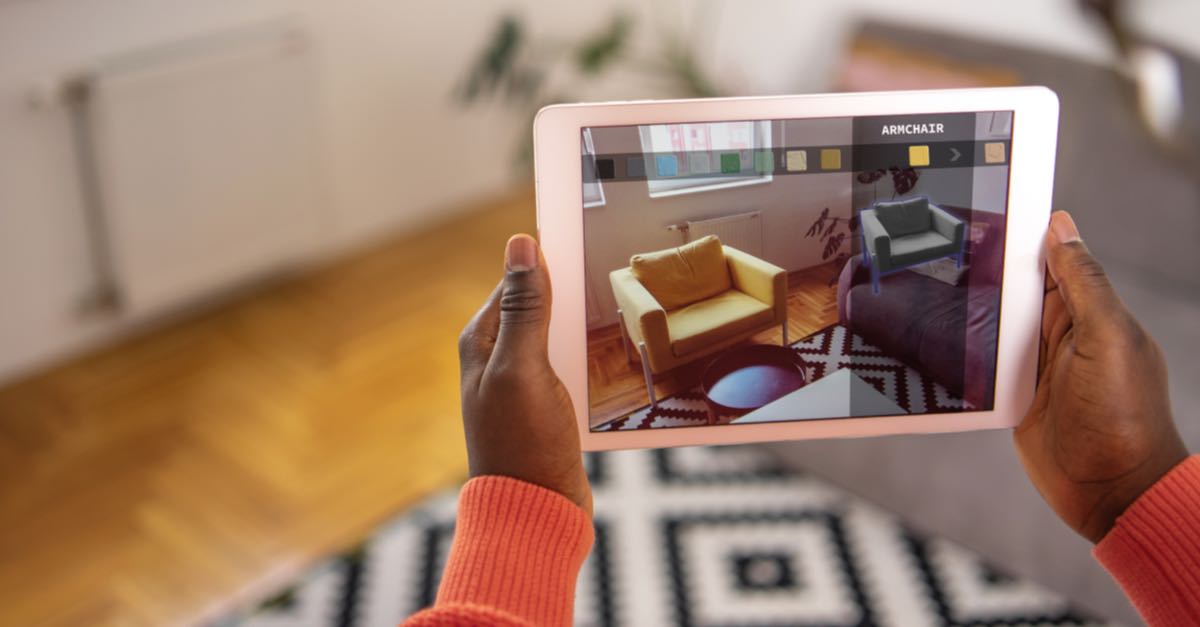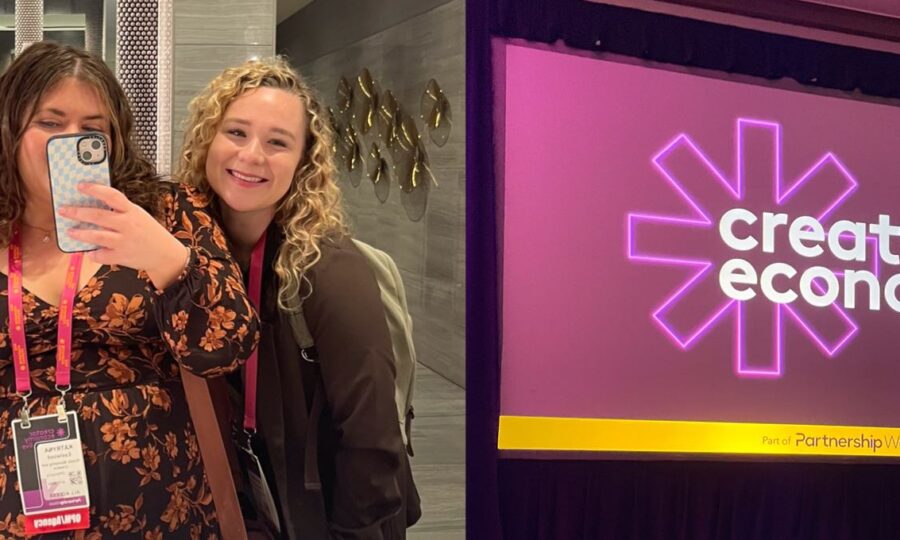Grab More Attention With Augmented Reality
What’s in a Label?
Last fall, my daughter introduced me to an augmented reality (AR) campaign while we waited for dinner at a local restaurant. She had ordered a Jones Soda and when she saw the “scan me” call to action, immediately got out her phone and entered another world through an enchanting video that played out on the label.
Had the call to action even registered with me, I would have cynically dismissed it as an advertising ploy without ever bothering to scan the QR code. Yet the video had nothing to do with sales and simply allowed the viewer to marvel at the magic of the technology and sustained the interaction with the product, creating a memorable positive association. Next time she sees a Jones Soda on the shelf, you can bet she’ll buy it and see if there’s more magic behind the label and the brand.
It got me thinking about how Kinetic might be able to leverage AR for our clients in novel ways to make similar magic and deepen brand affinity. But first, I had to take a closer look at the technology to understand how it works and what’s possible. Here’s what I learned.

Augmented Versus Virtual Reality
Augmented reality and virtual reality (VR) are frequently mistaken for one another. VR employs a headset to immerse users in a computer-generated environment for exploration, while AR superimposes digital imagery onto the real world. With AR, you might observe fish swimming in your surroundings. With VR, you might venture into a virtual underwater world.
What is Augmented Reality? Augmented reality (AR) is a tech that overlays computer-made images onto what you see in the real world, making a mix of both. AR can be utilized on devices such as smartphones and laptops without a headset. Numerous AR apps exist, such as the AR translater that instantly translates texts from your device’s camera, star identification in the night sky and visualizing different plants in your garden. You may have even encountered AR without being aware of it, whether through playing games like Pokémon Go or applying filters on platforms like Snapchat.
Is it just a fancy QR code or is there more to it?
Early versions of AR on product labels required downloading an app to interact with the content. Despite the intriguing enhanced content, asking consumers to take this extra step created friction that prevented the majority from exploring further. The advent of WebAR versus app-based technology significantly reduced the barrier of entry, allowing for a much more seamless consumer experience. With WebAR, users simply scan a QR code to open a web-based interactive experience.
A Boon to the Beverage Industry
Out of the gate, the killer app for AR technology has been the beverage industry, especially wine and beer. However, consumers often miss the fact that there’s an interactive offering on the label. Count me among them… I’ve noticed the distinctive “19 Criminals” wine labels in stores for years without ever registering that there was an engaging narrative behind them that includes interactive content. Now, I’m all about engaging with the interactive labels on my beverages, especially after enjoying a few. Think of the fun that could be had with other products such as recreational marijuana labels!
So What’s Behind the 19 Crimes Living Wine Labels?
The 19 Crimes AR wine label is a pioneering blend of historical storytelling and modern technology. The 19 Crimes brand was created to tell the story of the criminals who played a role in founding Australia. Between 1783 and 1868, more than 150,000 convicts from England were sent to Australia for committing one of 19 specific petty crimes, including larceny, destruction of property, fraud and other similar acts. By leveraging augmented reality, 19 Crimes transforms the wine label into an immersive experience, allowing consumers to interact with the infamous convicts whose stories are intertwined with Australia’s colonial past. Rather than solely focusing on wine-related information, this innovative approach captivates consumers by offering a glimpse into the lives of these characters, fostering a deeper connection with the brand.
The brand website tells the story:
“Nineteen crimes turned criminals into colonists. Upon conviction, British rogues guilty of at least one of the 19 crimes were sentenced to live in Australia, rather than death. This punishment by ‘transportation’ began in 1783 and many of the lawless died at sea. For the rough-hewn prisoners who made it to shore, a new world awaited. As pioneers in a frontier penal colony, they forged a new country and new lives, brick by brick. This wine celebrates the rules they broke and the culture they built.”
Each bottle features a convict and the WebAR allows their mugshots to come to life right on the label to tell their stories. The immersive experience brings the brand to life with an intriguing glimpse of the history of the former colony.
Each bottle features a convict and the WebAR allows their mugshots to come to life right on the label to tell their stories. The immersive experience brings the brand to life with an intriguing glimpse of the history of the former colony.
Augmented Reality Meets Beer and Halloween Horror
Elysian Brewery is another beverage industry brand that jumped on AR labeling to create a fun campaign. Based in Seattle, Elysian is a part of the Anheuser-Busch Group. They have two tap rooms in Seattle, brew 11 “Active Beers” plus eight seasonal beers that included four pumpkin beers during the 2022 Halloween season.
Elysian had previously partnered with NBC to promote a new series featuring the horror character “Chucky.” An AR label gave Elysian the chance to take the partnership one step further while advertising their special pumpkin beer box for Halloween. A particularly menacing AR rendition of Chuck comes to life wielding a kitchen knife.
Elysian showcased its creativity on Instagram and other social channels to extend the brand into a more immersive space to drive interactivity and engagement.
Beyond beverages
We’re excited at the opportunity to dive in and get creative with AR technology. At the end of the day, our job is to tell the story of every business and brand we represent. This intriguing technology offers a unique, fun way to bring those stories to life.
In addition to enhancing branding, AR has practical applications such as allowing prospective customers to try on makeup, clothing items and a wide range of home-related products without needing to directly interact with them. It can highlight product details or provide instructions and use examples. Customers can scan objects in a store to access virtual information that supplements what’s available at the physical site.
AR could be fun to apply to business cards, trade conference swag, or labels and packaging for any product.
Let us know your ideas!
Do you have ideas about how augmented reality could be used to tell your story? We’d love to roll up our sleeves with you to develop a creative strategy that deepens your customers’ connection with your brand. Contact us to start the conversation!
Footnote: The Legal Wet Blanket
As with the commercialization of any new technology, there are legal risks to navigate, including:
- Intellectual property rights
- Privacy and data protection
- Safety and liability
- Ethics and content regulation
As these technologies continue to advance, look for lawmakers to develop legal frameworks that address the above issues. Striking a balance between innovation and regulation will allow AR technologies to be harnessed responsibly, providing immersive experiences that benefit society while safeguarding individual rights and public interests.





